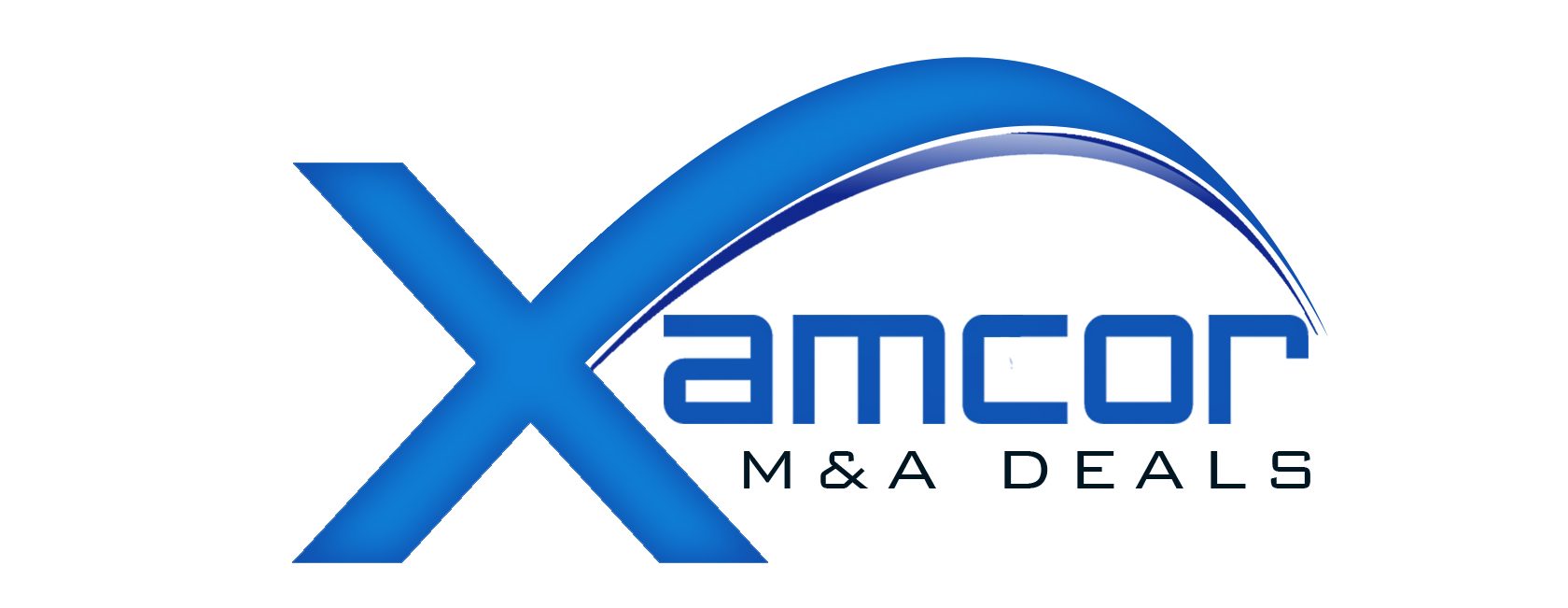Spigraph and Dicom merger creates the new EMEA market leader for document capture
WITH EXPANDED COMMENTARY BY RALPH GAMMON
On January 13, 2014, Spigraph International group finalized the acquisition of 100% of the shares in Dicom International group, based in Kriens, Switzerland.
Already leaders of technologies linked to document capture and processing in their respective markets, Dicom and Spigraph are uniting their know-how over more than 20 countries through more than 6,000 resellers. This merger gives rise to the biggest Value Added Distributor (VAD) on the document capture market in the EMEA zone (Europe, Middle East, Africa).
For Daniel Chautard, Chairman of Spigraph International, “The uniting of our two forces is the perfect team-up to meet the challenges facing us today and in the future. Companies have to deal with constantly evolving technologies. More than ever, they need a partner who is able to accompany them through the capture and management of document flows: whether paper based or web based, involving mobility or cloud services, our mission is to offer products of which we have full technical understanding, at the right time, and to accompany our customers and partners through to implementation with a focus on return on investment through comprehensive use of the functionalities available.”
With this new group, the biggest scanner manufacturers and software publishers on the capture market are sure of securing a particularly efficient shop window to durably develop the market. As the core of its ecosystem, the new VAD will ensure optimisation of their product ranges and the marketing and sales dynamics that only a leader can provide. Also, Dicom/Spigraph Group customers and partners will now have access to a wider range of professional products and services, and the expertise that goes with it, which is unique on the document capture market. The promotion of this portfolio relies on a stable organisation of over 400 people, and a turnover of €130 million.
- Efficient sales and logistics operations based on tried and tested processes;
- The highest level of advice and expertise on document capture issues;
- The integration of software solutions in complex environments, and training in their use;
- Particularly reactive maintenance and support services;
- A tech-watch unit and R&D to guarantee the adoption of leading edge technologies.
For Joe Froning, CEO of Dicom International, “Even though our two companies have been working on the same markets until now, the geographical and functional areas that have overlapped are minimal. This merger therefore represents a uniting of our respective forces. For our customers, it is synonymous with a more comprehensive, more professional product range, a guarantee of durability. The new Group, driven by innovation and detection of new business opportunities, will support the growth of our customers and partners on the document capture market. I am very happy to be part of this new adventure, in which two superb teams will be combining their talents to offer the finest customer experience on the market.”
Further to this merger, Wayne Davey, previously CEO of Spigraph, becomes CEO of the group. Joachim Froning, previously CEO at Dicom, becomes Senior Vice President of Dicom/Spigraph Distribution. The group’s head office will remain in Spigraph’s headquarters in Saint-Quentin-Fallavier (38) in France.
COMMENTARY BY RALPH GAMMON
Last year I had a chance to talk to Dicom executives following the appointment of former FileNET and Saperion executive Rudolf Gessinger as chairman. They positioned a then recent announcement of a partnership between Kofax and Spigraph as non-threatening to Dicom’s business.The Dicom execs positioned ALOS (which had been acquired by Spigraph and expanded at VAD’s presence significantly in Dicom stronghold’s Switzerland and Germany) as primarily in the systems integration business and Spigraph as stronger as a VAD in geographical regions like France, where Dicom was not particularly strong.
As you read in the press release, this absence of overlap has reenforced in a quote from Joe Froning in the wake of the merger.
The press release lists the combined company’s turnover as ?130 million, or approximately $175 million. In its final full fiscal year as part of Kofax (ended June 30, 2010), Kofax reported $125 million was generated from its hardware distribution business. When Spigraph acquired Swiss-German document imaging systems integration specialist ALOS in 2011, the combined entity’s revenue was listed at over $65 million. So, there has apparently been erosion in revenue in the past couple years, which is not surprising considering the state of the scanner market today, which is how VADs have historically generated the majority of their revenue.
As prices and margins continue to drop on scanners and related service contracts, VADs, especially in more mature markets like North America and Western Europe, have had to look to new avenues to generate revenue. (Although VADs in emerging markets like the Middle East, such as Forefront Technologies seem to still be growing at a healthy rate.) Gessinger’s software background is what made him attractive to the Dicom board, which brought him in. And, Spigraph, through its acquisition of ALOS, has a systems integration practice that helps further diversify that its offerings, which is a good thing.
Between the two organizations, Spigraph and Dicom will now cover a good portion of EMEA, including both mature and developing countries, with a single entity, that offers a combination of document capture-related hardware and software sales, support, and professional services. This variety and geographical infrastructure, along with the resources of a 400-person entity, should make the organization a more valuable asset to resellers and end users, as well as create more profits, than either company would be able achieve on its own.



